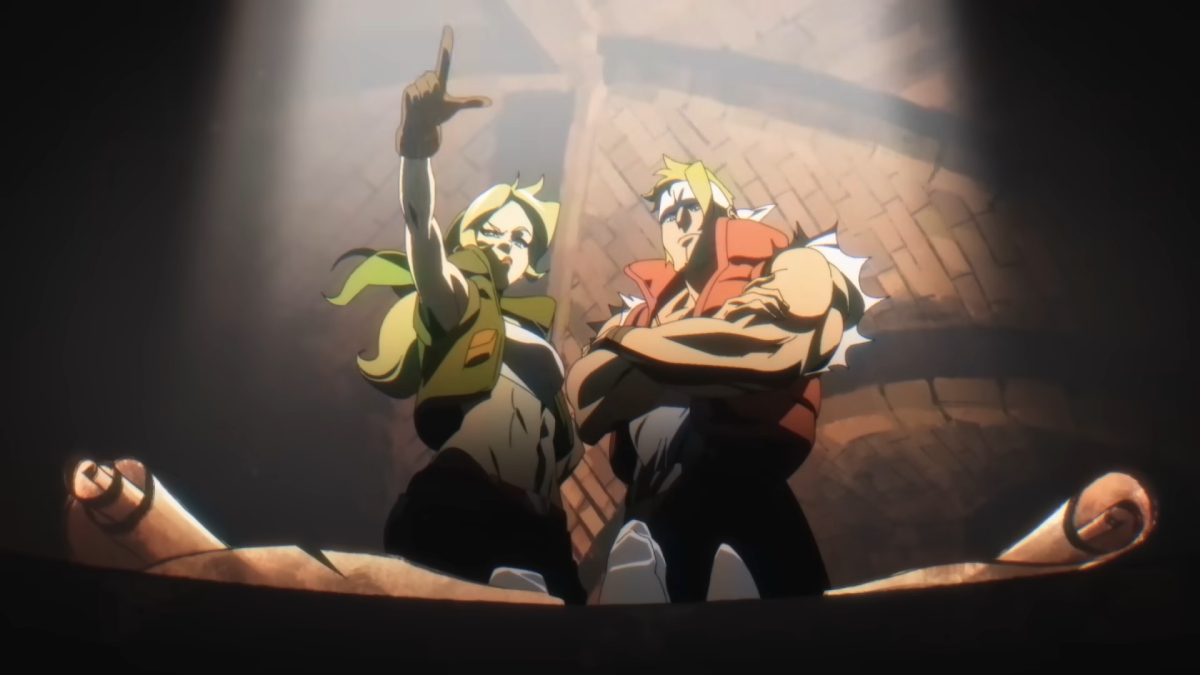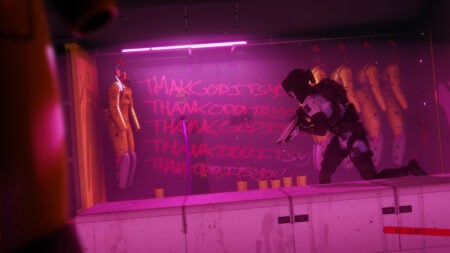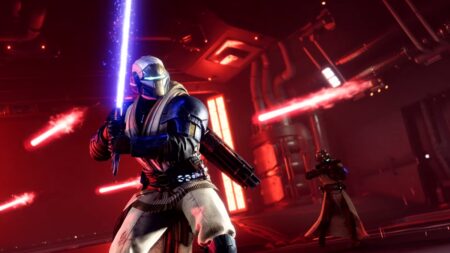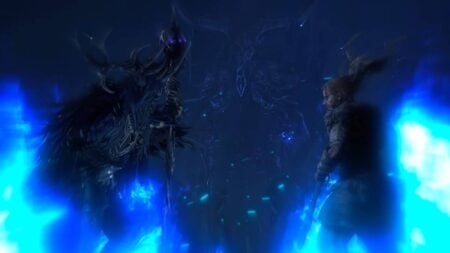Skip To...
Of all the RPG series Square Enix has under its belt, the SaGa franchise was among the most elusive ones. While some might’ve played it as Final Fantasy Legend, the Romancing SaGa games took a while to reach our shores. Yet, little by little, they arrived and brought a fresh take on the RPG formula. Things like non-linear events, choice-driven storylines, and a new party for each generation made this franchise iconic in the market. Now, with Romancing SaGa 2: Revenge of the Seven finally here, I can firmly say it is one of the most unique role-playing games of the year, and I’m thrilled it finally got to shine under a modern light.
Romancing SaGa 2: Revenge of the Seven is a remake of the original 1993 iteration, which then got its remaster in 2017. As always, I need to make it clear that I didn’t play the original or the remaster, so this is my first time jumping into the series. However, I regret not doing it earlier. While I consume RPGs almost daily, Romancing SaGa 2 has one of the most original takes in the genre. While I miss some staples, I’ve never experienced such a thrilling story that spans generations and gives you almost complete control of what transpires in your empire.
You’re Not The Protagonist
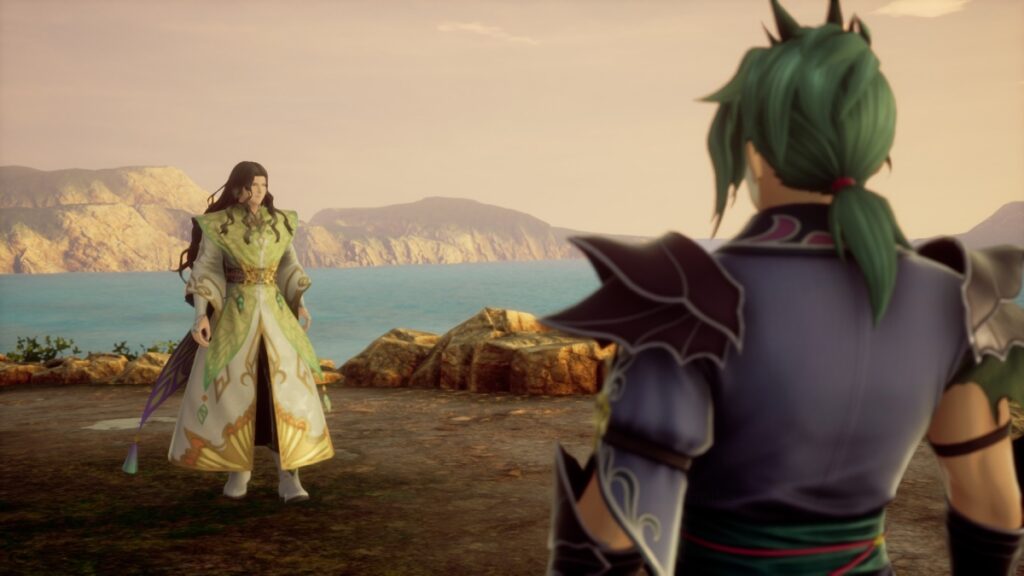
At a surface level, Romancing SaGa 2: Revenge of the Seven has a classic fantasy story. However, its presentation is what makes it so different. Years ago, there were seven heroes who saved the nation from demons and other unholy fiends. After their victory against these foes, the seven disappeared with no trace whatsoever. Years later, these heroes returned corrupted, bringing doom to the lands they previously protected.
The way I’m talking about the story might make it sound a bit simple, but it isn’t. One thing hit me as I played: you’re not the protagonist. Romancing SaGa 2: Revenge of the Seven takes place across several generations. While you start with two pre-established characters, the game explains how there’s a thing called hereditary magic where it can help you choose a new emperor or empress of any class. And while they technically are the ones leading the story, the true protagonist is the empire.
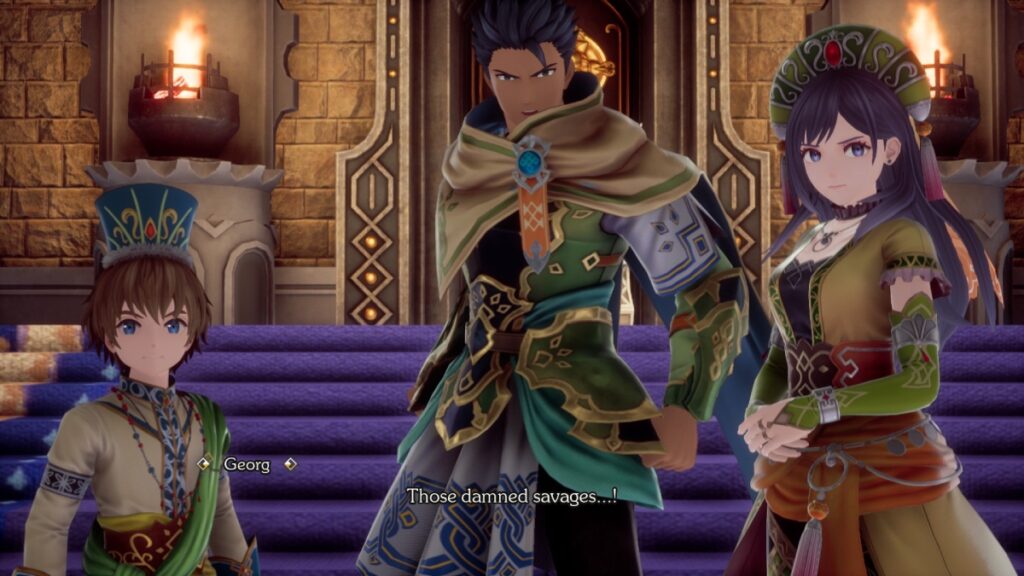
Every generation gets different quests, with most of them having diverse outcomes. What you choose to do affects your empire. For instance, one of the early quests involves helping a king select his successor. Depending on your pick, you can uncover a conspiracy behind the next ruler or abandon the questline, changing the region considerably. The same happens with most regions, and the way you shape the empire is something we hardly ever see in other RPGs.
Now, don’t get me wrong, I also loved choosing my rulers in every generation. Naturally, I selected a lot of cute girls and the occasional crusader, but I felt more attached to how every region changed depending on my choices. I even discovered I had missed several quests because I took a different path in a generation. While the overarching plot isn’t bad at all, I felt more drawn toward how the nation progressed. And, in a way, I felt it was a more refreshing take on the traditional storytelling of an RPG. It might not be for everyone, but I definitely enjoyed it.
An Endless Source of Rulers
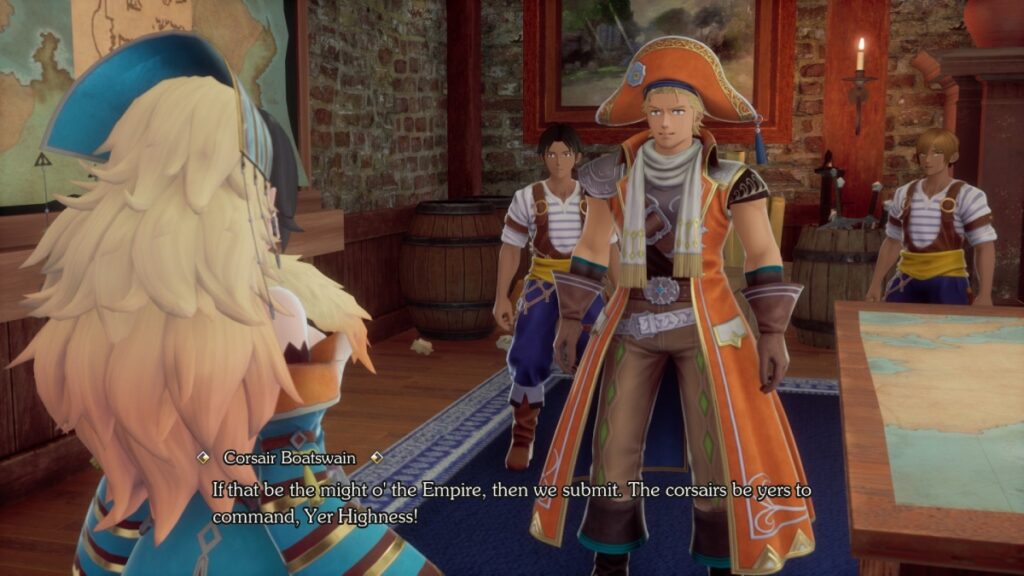
Storytelling aside, Romancing SaGa 2: Revenge of the Seven has a plethora of gameplay systems that will appeal to any RPG fan. Let’s start with the generational part. By now, I’ve already mentioned how the game spans many ages, and you see how your empire grows. But how does it translate into the hands-on experience?
After a time skip or whenever your ruler dies, you can choose a new one from pre-selected classes. Your new emperor or empress will inherit some of the stats, skills, and abilities. As someone who’s already lost many rulers, I can tell you that there seems to be an almost endless income of soon-to-be emperors and empresses, but I haven’t pushed the game to its limits yet, or rather, razed the empire’s population due to my skills.
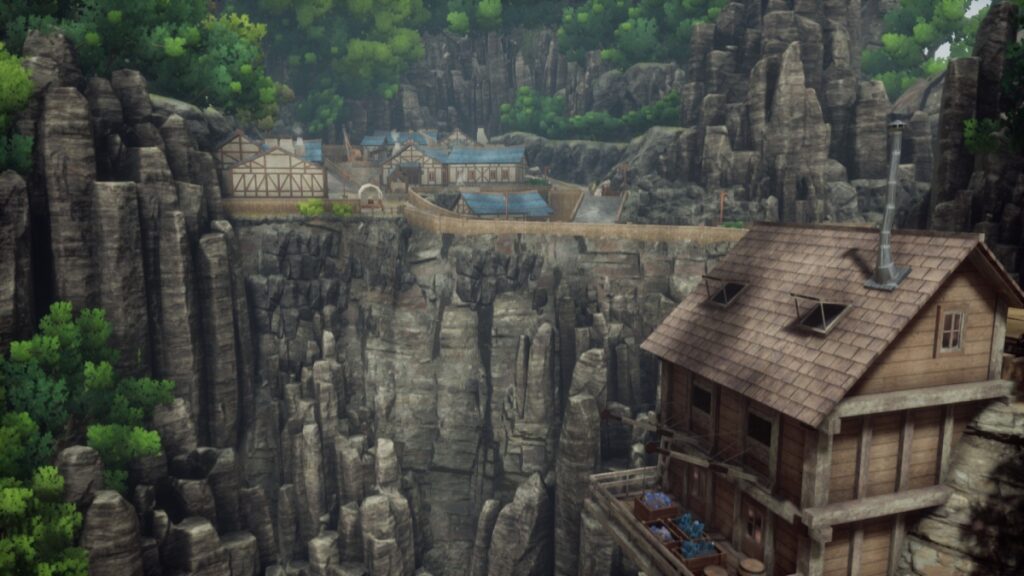
The one thing I like about this feature is how it encourages you to leave your comfort zone after a generation skip or an untimely ruler’s demise. Initially, I picked melee-oriented classes because I lean toward those in RPGs. However, I quickly started swapping to magic-oriented ones to see what it was all about, and I equally loved these classes.
Furthermore, the fact that you can customize every class (more on that later) almost to the smallest detail is a bonus and lets you create an interesting retinue in every run. The one downside to this, which isn’t bad at all, is the party attachment. RPGs usually rely on having a strong connection with a party, which, in turn, enhances the storytelling. With so many characters to pick, that feeling isn’t there. It isn’t something that will deter players from trying the game out, but it is certainly a missing staple that might feel strange for some. It wasn’t the case for me, though.
A Colorful Retinue
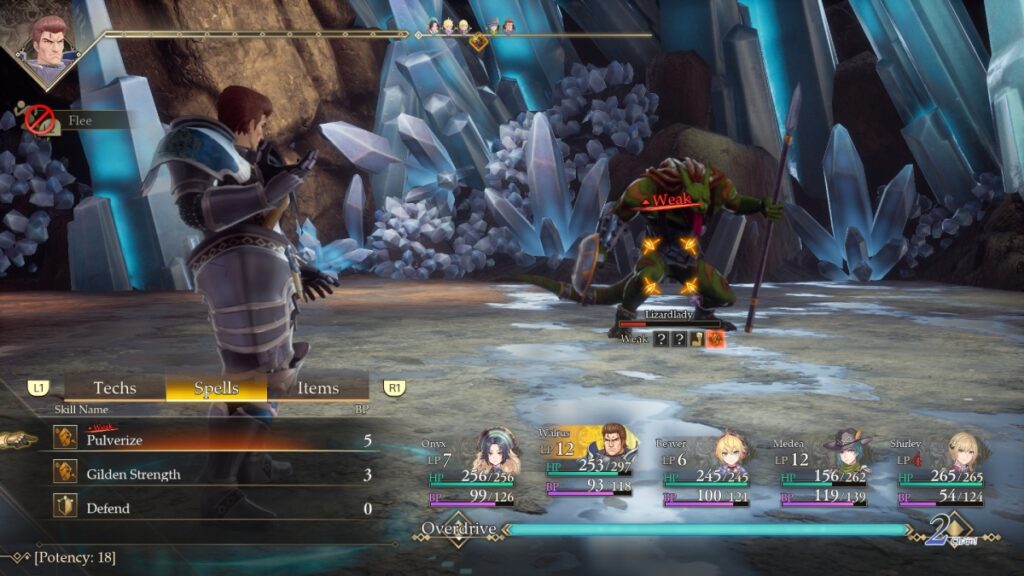
Another key aspect of Romancing SaGa 2: Revenge of the Seven, and circling back to the customization part, is how freeing it is to create your retinue. At any time, you can head to a tavern and pick from the available units you have there. You start with your Light Infantry, Court Mages, Rangers, etc. But as you progress through the quest, you can unlock even better classes. And yes, your ruler can be one of those rare classes, assuming it appears in the selection pool.
Beyond picking the class, you can customize how it plays regarding abilities and spells. Instead of the normal character leveling system in most RPGs, Romancing SaGa 2: Revenge of the Seven focuses on leveling up weapons and spells. The more you use a weapon, the more it will level up, increasing the damage you do with it. The same applies to spells. However, unlocking new abilities and incantations relies on the glimmer mechanic, which works differently for the two.
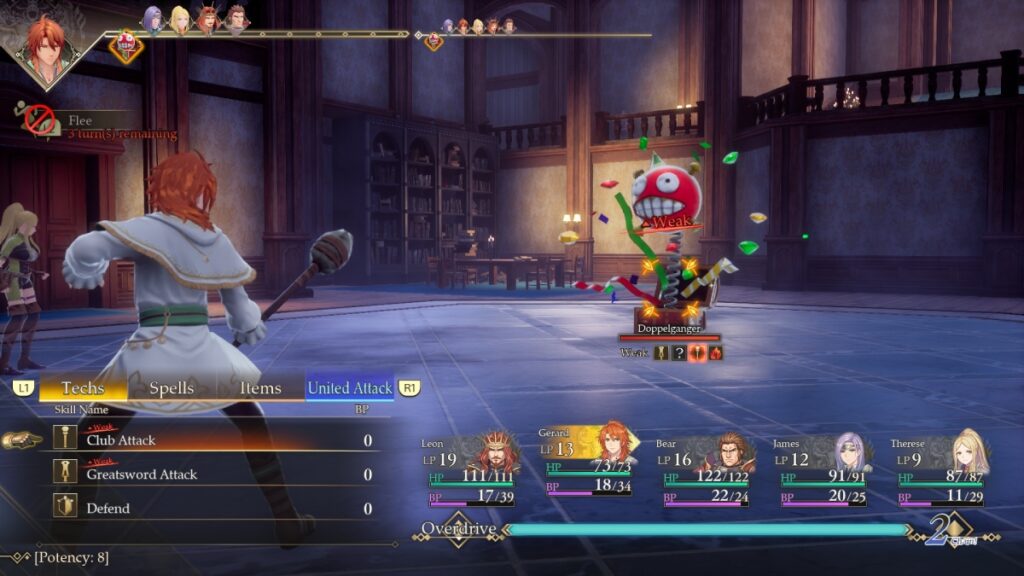
For weapons, you’ll eventually get a light bulb next to a skill, which means you’ll get a new ability soon. The more you use it, the better your chances of getting a new move. For spells, though, you just have to use them until inspiration strikes your character, manifesting a new spell from a specific school.
Also, classes aren’t tied to a particular weapon. All classes can use any type of armament, and the damage you do with them will depend on the stats and your weapon or magic school level. Yes, some classes work better with certain armaments, such as Rangers being better with bows and shortswords, but you can experiment freely and create a wild combination of a Court Mage using a greatsword and a spear on top of magic.
And for those who are afraid about how itemization works with this huge roster, the game has a terrific auto-equip feature. Each generation, all you must do is pick between attack-focused, defense-focused, etc., and let the system work it out for you. Any RPG that makes micro-management less overwhelming is great in my books, and this one nails it perfectly.
Slow-paced Yet Tactical Combat
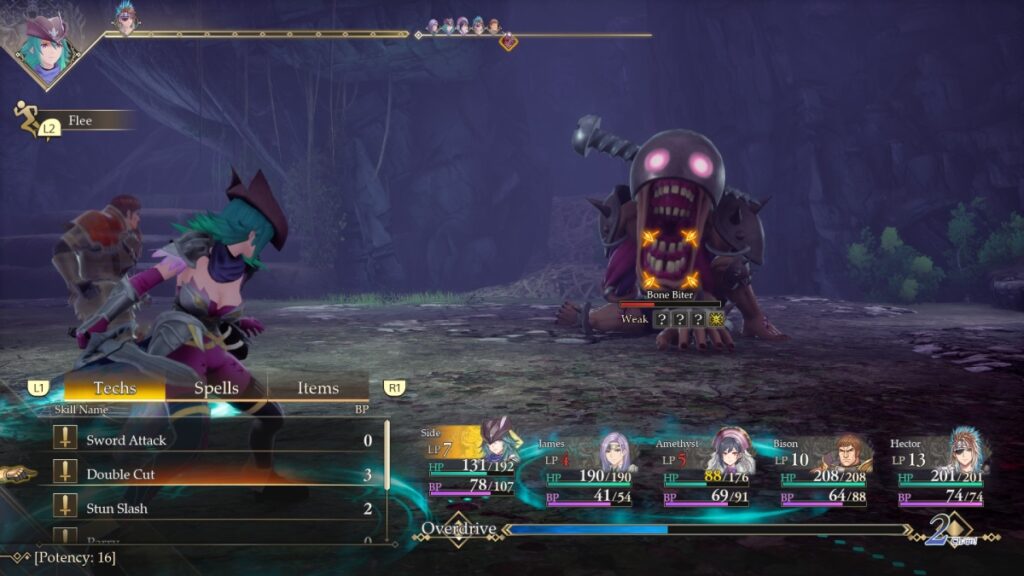
If managing characters felt like Fire Emblem, using them in combat felt more like Octopath Traveler. Every foe has different weaknesses. However, you won’t know them from the start. Discovering them is like tossing a coin into the air or throwing random stuff until something wounds the enemy, similar to how Octopath Traveler‘s turn-based combat works. In truth, I enjoyed the system as it always encouraged me to experiment with different weapons and spells. Yet, if you don’t have any of the things an enemy is weak to, you’ll have a hard time.
Speaking of having a hard time, the game offers three difficulty levels, which I felt were mostly balanced. You have the easiest difficulty, which focuses on the story. A normal mode, which is the most balanced one. And then you have the Hardcore or Classic mode, which is how the original game handled its difficulty. Frankly, I couldn’t settle for one. Normal was too easy, and Hardcore/Classic was too challenging, especially in boss fights. While I did most of my run in the latter, I only felt that the big difference was an enemy’s HP, which turned a few epic fights into a tiresome ordeal.
Still, I enjoyed the rush of playing in Hardcore mode, as it made me watch out for my units more. When one of your characters’ HP hits zero, it doesn’t mean death. They all have LP or Life Points, and once those run out, then it’s permadeath for them. If you’re as masochistic as me, I recommend playing in Hardcore/Classic, too. It was the only difficulty that made me swap my strategy repeatedly and stay on my toes during every fight. But with so much replayability in the game, you can do several runs until you find that sweet difficulty spot.
Managing Your City
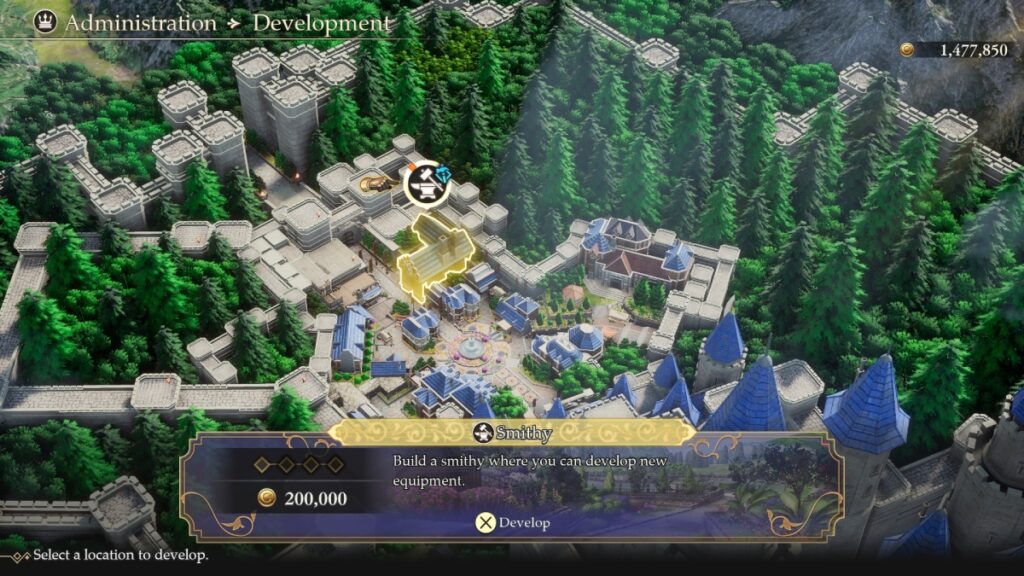
The final gameplay aspect I want to touch upon is Avalon, the ruler’s city, where you’ll spend most of the time watching emperors and empresses rise and fall and recruit other poor souls ready to lay their lives down for you. Also, it comes with its city-management-like mechanics, which are good as they fit that generational-skip feature perfectly.
As you explore the map and collect territories as if they were Pokemon Gym Badges, you’ll unlock projects for your city. You can build a smithy to forge weapons, an incantations lab to create new spells, and even a park to attract people, thus increasing your revenue. It’s a nice feature that gives some of the game’s most crucial upgrades but doesn’t become a full-blown city-management like Dodonko Island in Infinite Wealth.
However, I would’ve liked to see this system go deeper for the remake. While the buildings are gorgeous and the upgrades are vital, maybe other ways to interact with your retinue would’ve been great. At least allow me to have one drink with the poor Ranger, who only has one LP left. They’ll die eventually. Why not let them speak with their ruler? While I remember most of my team, some felt like cannon fodder with little character development.
A Multi-Generational-Edged Blade
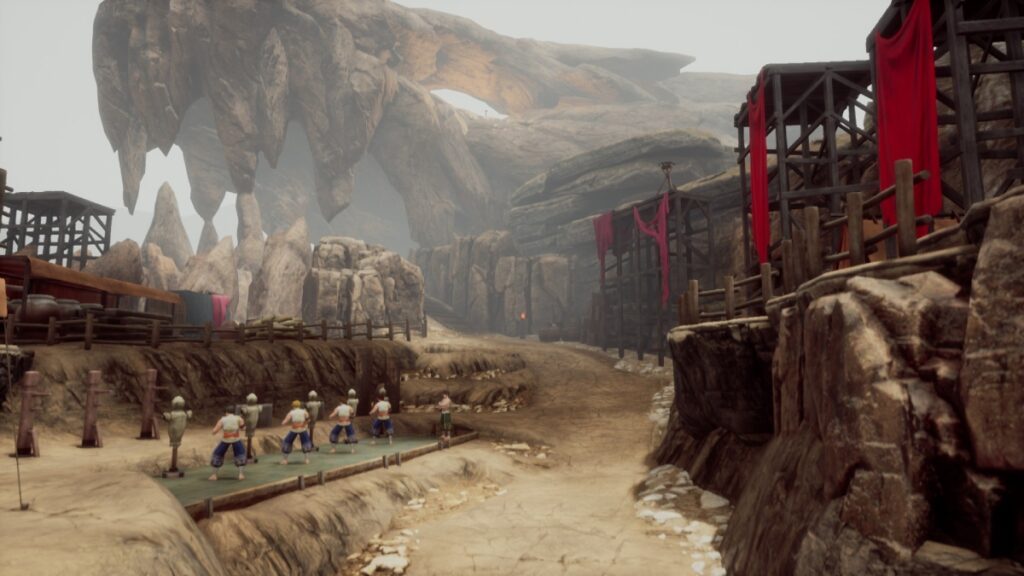
Overall, Romancing SaGa 2: Revenge of the Seven is a terrific RPG, but not one for every player. Instead of following the staples of the genre, it takes a more freeing approach. The character and unit customization is great, but it sometimes sidelines character development. With so many generations, the story doesn’t feel as prominent or impressive as a typical RPG. Still, it’s an interesting take that will surely allure players of this niche, such as myself.
With top-notch visuals, gorgeous character designs, and in-depth combat, I feel this modern release of Romancing SaGa could be the resurgence of this classic franchise. It could even inspire others to try this out-of-the-ordinary formula. But if not, I’m glad we have an amazing RPG full of replayability, player agency, and superb customization to let you shape this colorful empire as you see fit.
Romancing SaGa 2: Revenge of the Seven (PC Reviewed)
Romancing SaGa 2: Revenge of the Seven is one of the most unique RPGs in the market. With a focus on character customization and non-linear storytelling, it certainly breaks many staples of the genre but doesn't abandon its roleplaying roots. It might be a niche game for many, but it is a delightful and unforgettable experience.
Pros
- Excellent character customization
- Great non-linear storytelling
- Top-notch visuals
Cons
- The lack of a pre-established party might be a downside for some
- Certain combat encounters can become tiresome


